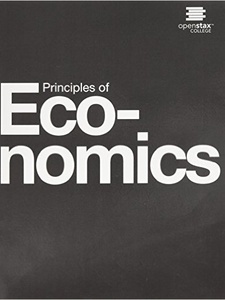

The paper uses quarterly and monthly data Or crowding-out effect, estimating the magnitude and persistence of the crowding-in orĬrowding-out effect on private sector credit. This paper aims to contribute to thisĭebate by establishing the relationship between government domestic borrowing fromĬommercial banks and private sector credit, identifying the channel of the crowding-in Suggested by McKinnon (1973) and Shaw (1973). Observed in developing economies due to financial frictions and financial repression as However, empirical studies affirm that the price channel is not Government spending financed by the banking sector crowds out private sector credit

There has been a long standing debate on the effect of government domestic borrowingįrom commercial banks by increasing average lending rates, suggesting that increasing Furthermore, the paper develops a system to assess the speed of the adjustment mechanism coefficient in an error correction model (ECM). The results reveal that although overall the adverse negative domestic debt hurts the economy, it has a positive effect on the total aggregate government revenue and economic growth in Nigeria in the research period. The study employs the autoregressive distributed lag (ARDL) approach and the bounds test as proposed by Narayan (2005), anchored on the perspective of the endogenous growth theory. The issue that is often raised is the doubt regarding the stability of the debt and its likely implications for the economy, as well as the unpleasant consequences for the government embarking on consolidation. Monetarists believe that the main problem with fiscal policy is that it cannot be implemented effectively.The study examines the long-run relationship between domestic debt and the fiscal policy of economic growth in Nigeria in the period from 1981 to 2013 owing to government reforms in the financial system, particularly due to the establishment of the Debt Management Office (DMO) in 2000 and a new fully funded pension fund scheme, both of which resulted in a resurgence of the debt market. Supporters of monetary theory, called monetarists, believe that the Fed should increase the money supply at a smooth rate each year. Some economists believe that fiscal policy is not as important as monetary policy, which addresses how the Fed controls the rate of growth of the money supply. Monetary policies include actions by the Federal Reserve System that change the cost and the availability of credit. They think tax cuts stimulate private investment and employment. Supply-side economists see supply, not demand, as the focus for economic stimulus. Supply-side economics are those economic policies designed to affect the aggregate supply curve.


They think that a central problem during a recession is reduced demand. Keynesians believed that the government should intervene in an economic recession to stimulate aggregate demand. Demand-side policies evolved from Keynesian economics and are designed to affect the aggregate demand curve. We discussed several stabilization policies including discretionary fiscal policy, the growing importance of automatic stabilizers, and the importance of the Fed’s independent status. We learned that the government can influence the economy with discretionary, passive, or structural fiscal policies.


 0 kommentar(er)
0 kommentar(er)
